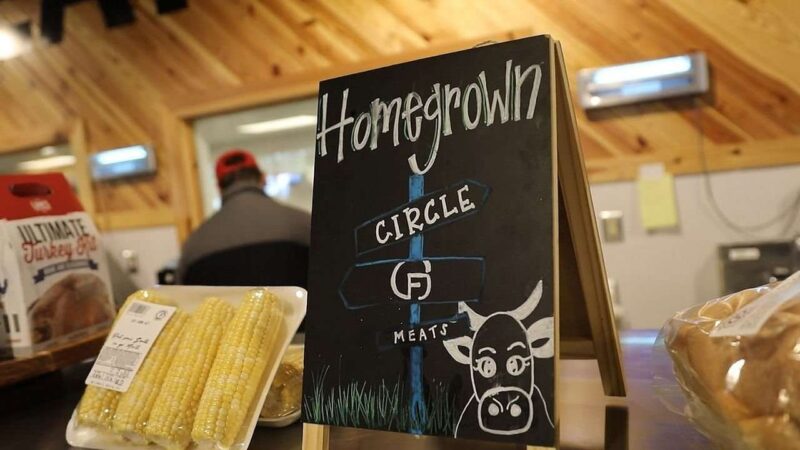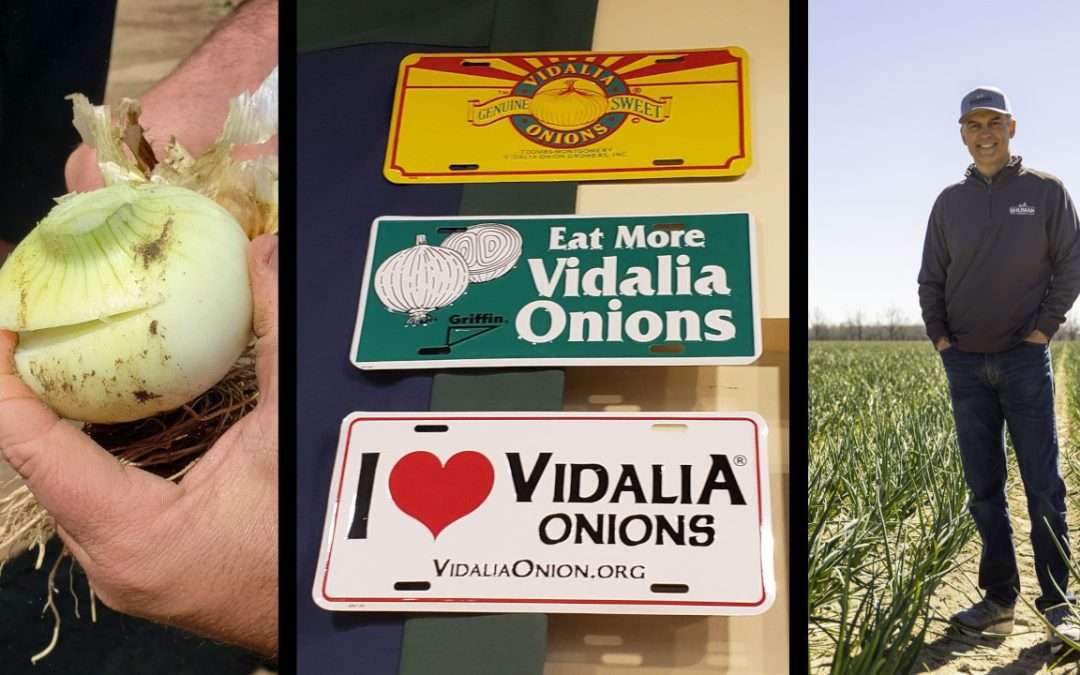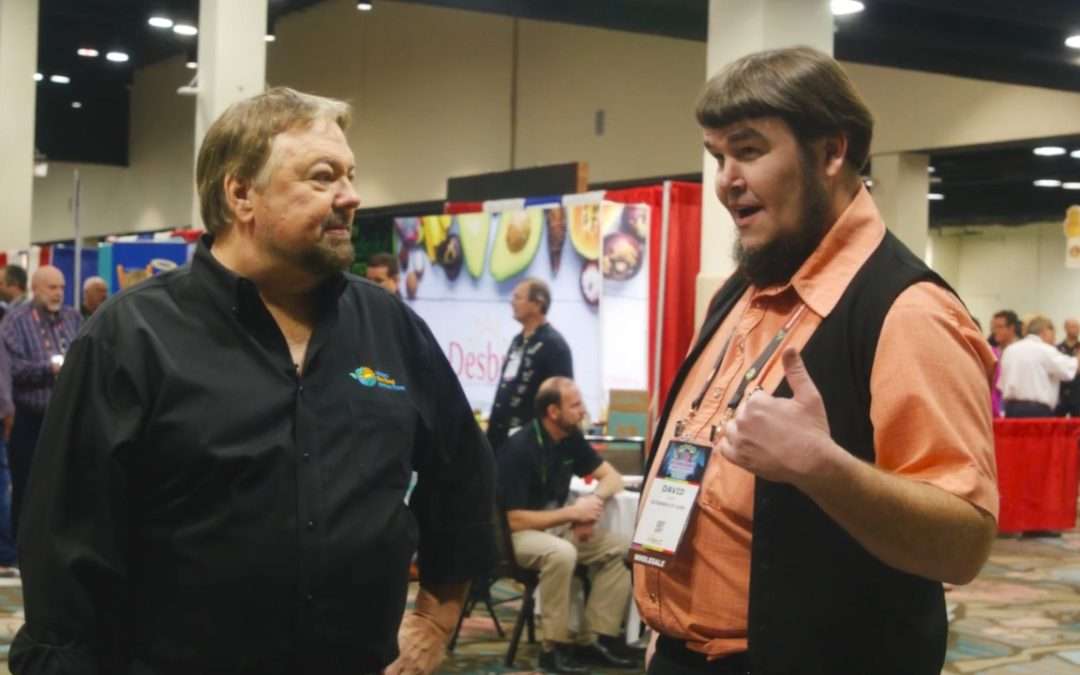WELCOME TO THE SHOW!
We’re most often out in a field with our noses in the dirt. But you’ll also find us in lab coats and restaurants and packinghouses, Congressional and State offices, college and industry research facilities – anywhere there’s a story to be told about food and farming.
FEATURED EPISODE

Cold-Cut Platter? Nope — It’s Charcuterie!
To make great charcuterie, you have to have great meats. And we found an amazing operation in Baxley, GA that does it all. Woody Folsom comes from generations of ranchers. He upped the game by breeding a herd for premium beef. He’s done the same with the pork he’s now producing at his Circle F Farms in south Georgia. Partner and wife Tamela is in charge of the next step. She’s the operator of Circle F Meats, an amazing 6000-square-foot grocery and butcher shop. We visited the farm and the store of course — and we got a little firsthand experience in the fine art of charcuterie!
Watch full episodes of Where The Food Comes From on demand on our YouTube Channel, or catch a full hour every Monday at 6:00 p.m. EST on the RFD-TV Network and on demand on RFD-TV Now and Cowboy Channel+!













